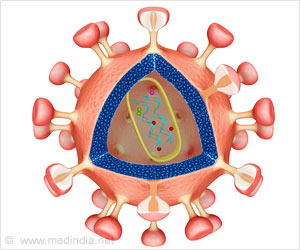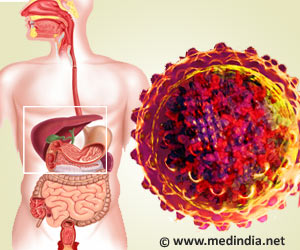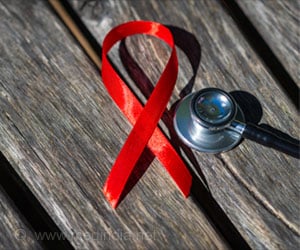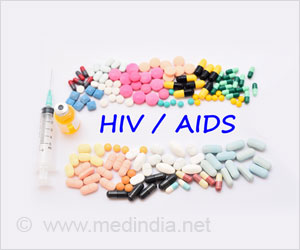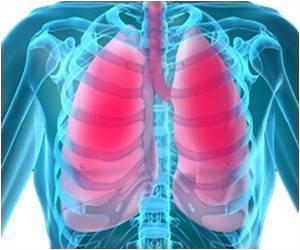While the PHIA results demonstrate tremendous progress, they also reveal key gaps in HIV prevention and treatment programming for younger men and women.

‘The U.S. President's Emergency Plan for AIDS Relief (PEPFAR) will continue to advance efforts to reduce HIV incidence among adolescent girls and young women through the DREAMS Partnership and reach and link more young men to HIV services.’





Together, these data demonstrate impressive progress toward controlling the HIV epidemics in the five countries. The latest data also indicate that the None of these achievements would be possible without the political will and leadership to focus resources for maximum impact in each of these countries.previously expanding epidemic in Uganda has now stabilized. According to the new Lesotho PHIA results, HIV viral load suppression - a key marker of the body successfully controlling the virus - has reached over 67 percent among all HIV-positive adults ages 15-59. This finding suggests that Lesotho is on track to achieve epidemic control by 2020, through reaching the Joint United Nations Programme on HIV/AIDS (UNAIDS) 90-90-90 targets and expanding HIV prevention. Uganda's epidemic has likely stabilized due to increases in coverage of voluntary medical male circumcision for HIV prevention and expansion of HIV treatment, including for HIV-positive pregnant women.
Building on this progress, U.S. Secretary of State Rex Tillerson released the new PEPFAR Strategy for Accelerating HIV/AIDS Epidemic Control (2017-2020). The strategy reaffirms the U.S. government's leadership and commitment, through PEPFAR, to support HIV/AIDS efforts in more than 50 countries, ensuring access to services by all populations, including the most vulnerable and at-risk groups.
The strategy outlines plans to accelerate implementation in a subset of 13 high-burden countries that have the potential to achieve epidemic control by 2020, working in collaboration with host governments, the Global Fund to Fight AIDS, Tuberculosis and Malaria, UNAIDS, and other partners. Through this international effort, we expect not only to control the epidemic, but also to reduce the future costs required to sustain the HIV/AIDS response.
"With five African countries approaching control of their HIV epidemics, we have the extraordinary opportunity to change the very course of the HIV pandemic over the next three years," said Ambassador Deborah L. Birx, MD, U.S. Global AIDS Coordinator and Special Representative for Global Health Diplomacy. "We are deeply grateful for Secretary Tillerson's bold leadership and clear vision in launching this landmark strategy. PEPFAR is poised to deliver on it, showing that what once seemed impossible is now possible."
Advertisement
"CDC is so pleased to contribute to the global HIV response, working with ministries of health and other partners on science-based solutions that are transforming some of the world's most severe HIV epidemics," said CDC Director Brenda Fitzgerald, MD. "National surveys are critical to show the impact of efforts and to chart the path to fully achieve HIV epidemic control."
Advertisement
"The findings from the six countries provide a report card on the global and local efforts in confronting the HIV epidemics while at the same time help in shaping a blueprint for their future course as they continue their quest to stem this epidemic," said Wafaa El-Sadr, MD, MPH, MPA, global director of ICAP. "The gaps identified in reaching young women and men are relevant to many other countries around the world, and addressing them is critically important to achieving the ultimate goal of ending this epidemic."
Source-Eurekalert

